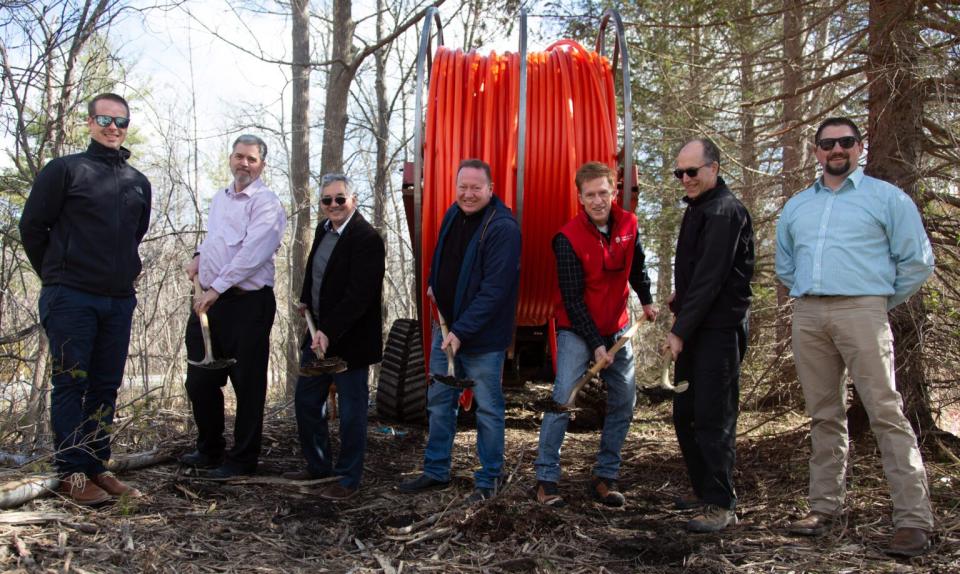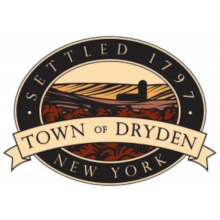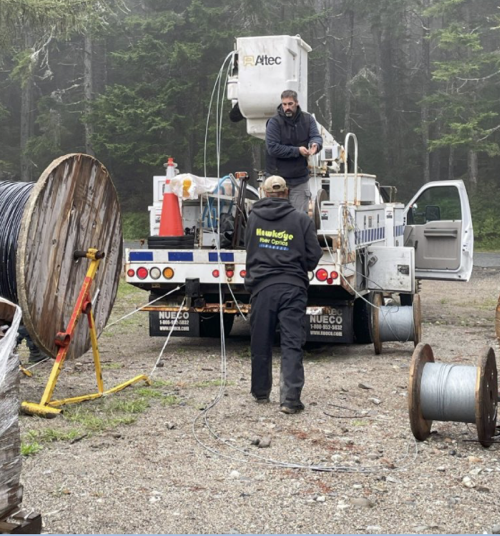NY State’s Dryden Fiber Celebrates 400th Local Subscriber
In early 2023, Dryden, New York, formally launched the town’s municipal broadband network, becoming the first municipality in the state to provide residents with direct access to affordable, publicly owned fiber.
A year and a half later, and the town of 14,500 says they’ve just signed up their 400th subscriber and continue to make steady progress expanding the popular network into rural enclaves in and around Dryden long deemed “unprofitable” by regional telecom monopolies.
Dryden Fiber Executive Director David Makar tells Ithaca-based local news outlet 607 News Now that the first year and a half of operations focused on building the core fiber ring around the city.
They’ve since shifted to the time-consuming task of extending last mile fiber access out to rural unserved and underserved homes in Dryden and nearby Caroline (population 3,321).
“There’s about 500 households between Dryden and Caroline that if they want to get online – it’s dial up modems, like it’s the year 2000,” Makar says. “Since we are very rural…there’s no easy way to get a lot of these houses,” he notes, indicating that the logistics and permissions for rural pole attachments have been unsurprisingly time consuming.

Makar said there’s about 800 homes currently waiting for access in many of these rural areas.




